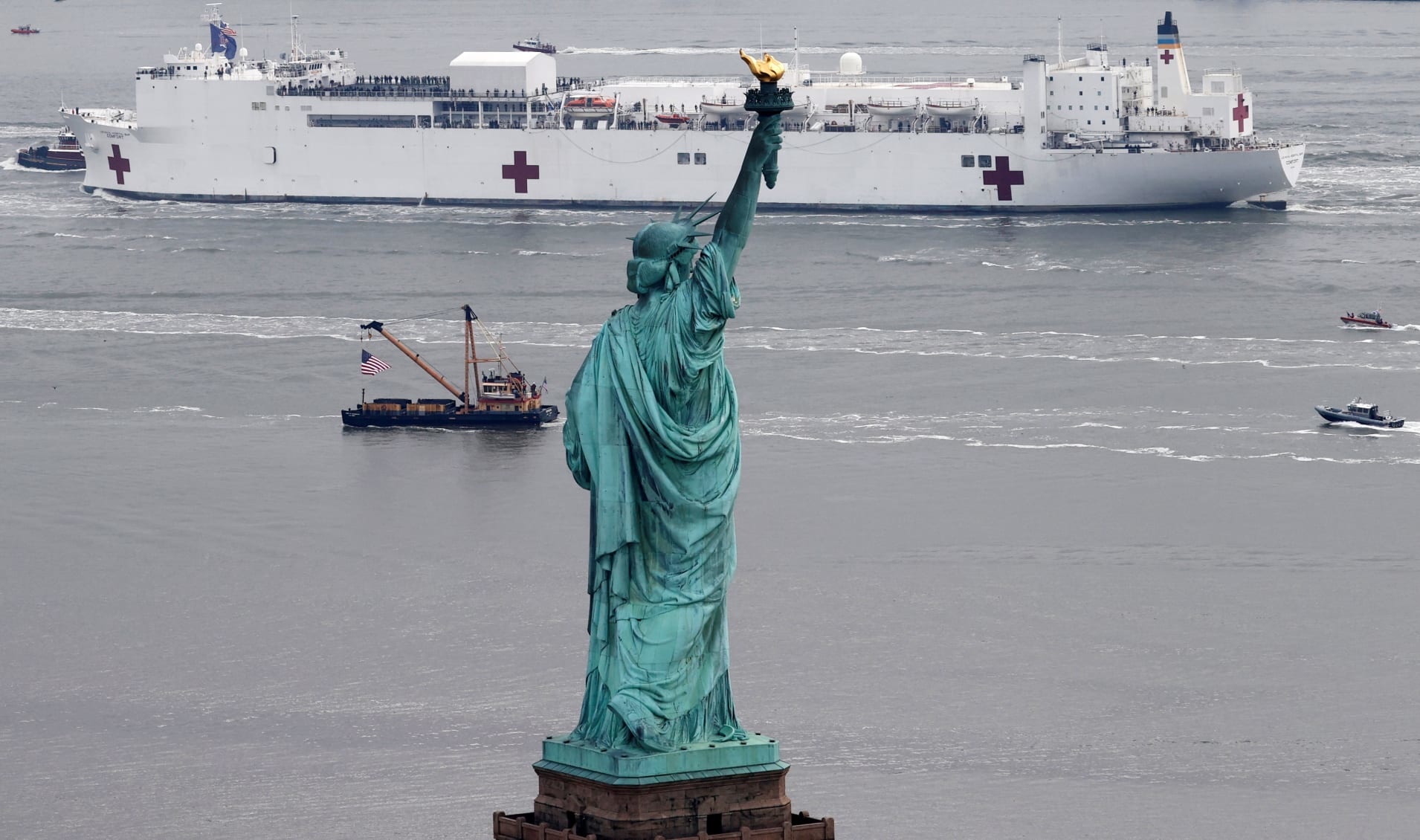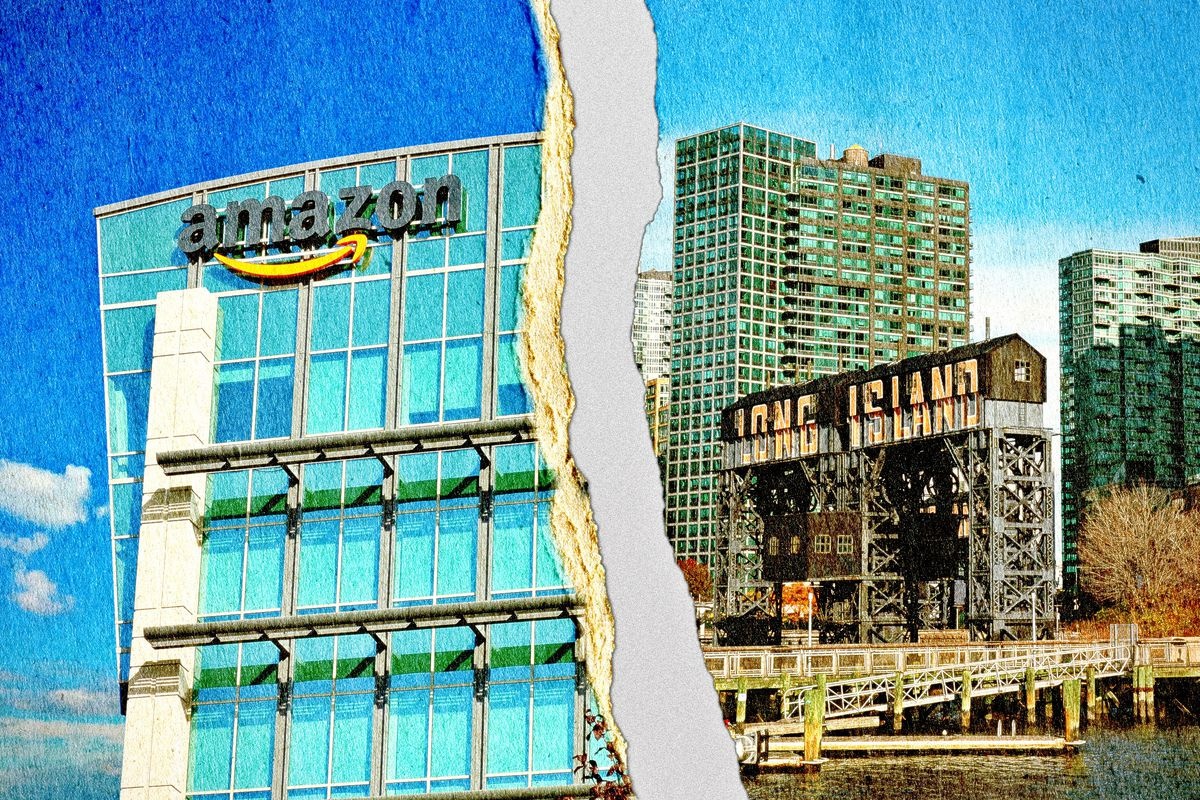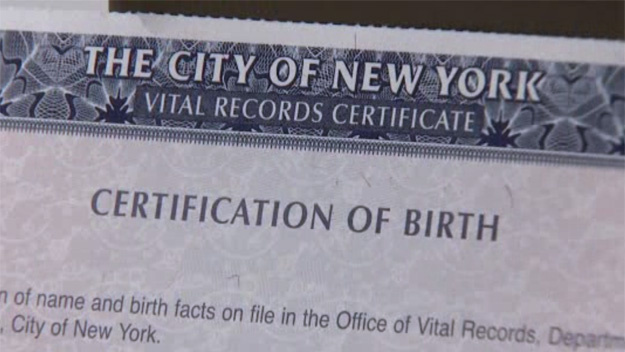
How to Recycle Correctly in New York City

COVID-19 – Part 2: New York is the Epicenter of the World

COVID-19 From Perspective of a Healthcare Professional | Why The Metaphor of War Is Inaccurate

The Trick To Renovating Your Bathroom In No Time

The Full Breakdown of the 2020 Candidates’ Dance Moves

How Community Organizers Chased Amazon Out of NYC

